DESIGN MATTERS, PART III.
 Sunday, July 17, 2022 at 12:12PM
Sunday, July 17, 2022 at 12:12PM Editor's Note: In the third and last of his series (for now), Peter discusses why "Design Matters." Peter also talks about the sobering news of Hau Thai-Tang's departure from Ford and what it really means, and the latest ploy by BMW to extract ca$h from the faithful. Speaking of Design Matters, official full images of the all-new CELESTIQ hyper-luxury sedan from Cadillac are now available, and Andy Warhol's automotive art makes an appearance at the Petersen Automotive Museum in Los Angeles, and Kim Wilde is featured in our AE Song of the Week, all in On The Table. The next chapter of Peter's much-praised series on "The Muscle Boys" can be found in Fumes, which is his glorious take on big-bore V8s in American sports car racing. And in The Line we have coverage of the INDYCAR Series from Toronto, the IMSA GT race from Lime Rock and Acura's new GTP contender for the 2023 IMSA WeatherTech Championship season. Onward. -WG
By Peter M. DeLorenzo
Detroit. In this conclusion of my series on Automotive Design (read Design Matters, Part I and Part II – WG), it’s clear that I place a high value on the efficacy and execution of design. It’s also no secret that I believe that design will maintain its position as the Ultimate Initial Product Differentiator going forward, in fact, even more so than ever before.
This series has generated a lot of comments from within the industry, especially – and understandably so – from the design community. I would say that the vast majority of the comments we received were positive, and that’s gratifying, because I have the utmost respect for the creative talents who work in the design houses all over the world.
As I’ve said many times before, the artisans who toil in design studios are the most influential people in the automobile business. They set the tone for brands and lead the word-of-mouth, “street look” discussions, and their visionary work can make – or break – a car company’s fortunes. It’s grueling work, too, because designers live in a particularly strange Twilight Zone where they have to dwell in the past and present, while working on a future that’s coming well down the road. That means lead designers have to present “new” designs to the media and public that have been basically “baked” three-to-five years before. Then, they go back to their respective studios to put the finishing touches on designs that will appear five years into the future.
This work requires, vision, discipline and a savagely creative mindset that is instantly graded the moment the wraps are taken off of their latest designs. It is a tough, tough profession, but when you talk to designers, most wouldn’t trade it for anything. Seeing something in concept or production form that they had a key role in creating presents a level of exhilaration that’s extremely hard to beat.
That intro was kind of a labyrinthian way of getting to my final discussion topic, which is a question that I get asked all the time: “Given everything you know (and have discussed especially these past few weeks), who’s doing design well right now?”
That’s the billion-dollar question, isn’t it? Design matters more now than at any other time in automotive history. In this 24/7, nanosecond-attention-span world we live in today, the hot “street look” of the moment captures all the attention and interest, and usually results in red-hot sales figures too.
Exotic cars lead the discussion, but just because a car is expensive doesn’t mean its design is automatically compelling. Unless, of course we’re talking about Ferrari. The newest Ferrari – the 296 GTB – is compact, lightweight and has a taut skin that stretches over its fenders and haunches to create a damn-near perfect form. It is simply extraordinary from every angle, and it is the definitive supercar of the moment.
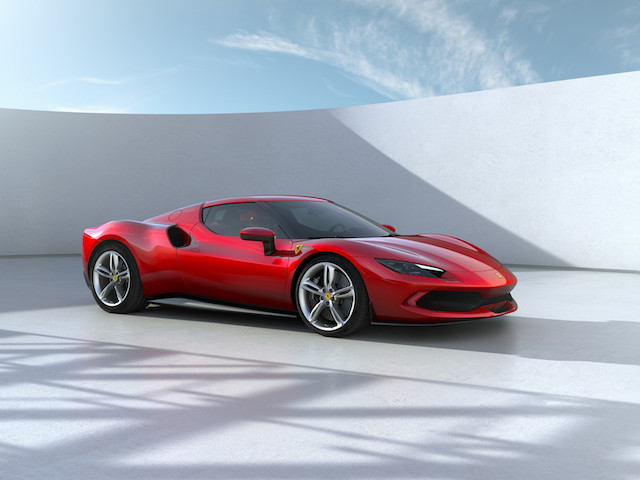
(Ferrari)
The 2022 Ferrari 296 GTB.
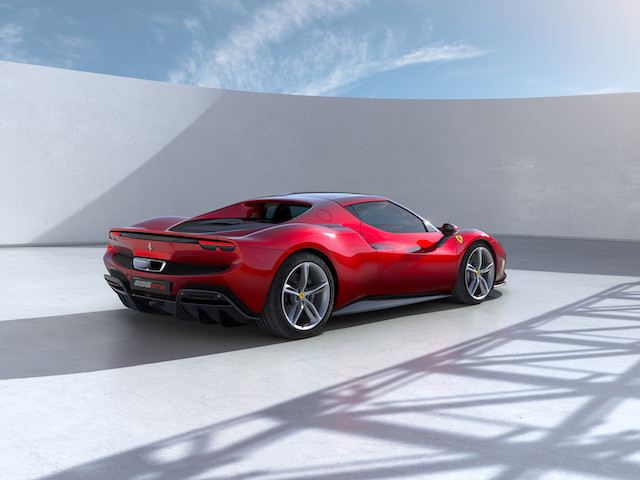
(Ferrari)
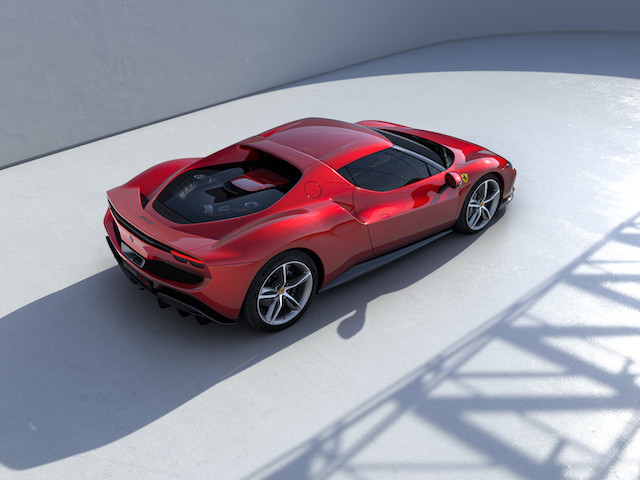 (Ferrari)
(Ferrari)
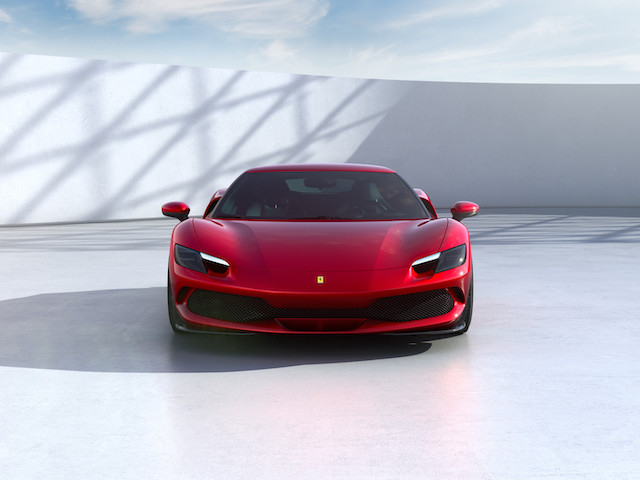 (Ferrari)
(Ferrari)
But you’re probably saying, that’s Ferrari, we expect a Ferrari to have jaw-dropping street presence and compelling design. Fair point, but I can also mention several exotics that have little to no appeal at all. We’ll skip that for now, however.
When I consider contemporary design, I am going to leave pickups, SUVs and crossovers out of the discussion. I am just not interested, and even though they are the overwhelming choice in the mainstream market, they bring nothing to the design table. At all. The exception being the Cadillac Lyriq, which is arriving in showrooms now. It is compelling design that satisfies from all angles.

(GM)
That word “mainstream” is key. It’s one thing to do provocative concepts that shine under the auto show lights, but it’s quite another to bring those high-concept executions to the street. Bill Mitchell, the exceptional design legend who inherited the mantle from Harley Earl and propelled GM to incredible heights during the company’s heyday (1957-1977), specialized in bringing concept car looks to the streets and byways of mainstream America. It was a 20-year period unrivaled in automotive history, in fact. No one did it better, and no one influenced contemporary automotive design quite like Bill Mitchell did. The 1959 Corvette Sting Ray racer; 1963 Corvette Sting Ray; the Mako Shark concepts; the Corvair Monza GT and SS concepts; the 1963 Buick Riviera (although I prefer the ’65), the Oldsmobile Toronado; the Cadillac Eldorado; the Chevrolet Camaro; the Pontiac Firebird, Grand Prix and GTO; and the list goes on and on.
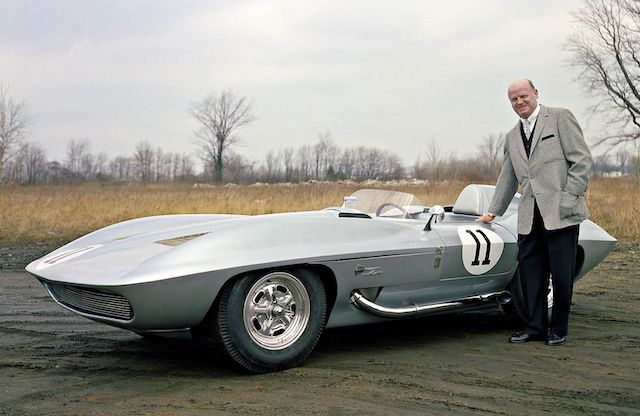
(GM)
Bill Mitchell and the 1959 Corvette Sting Ray racer.
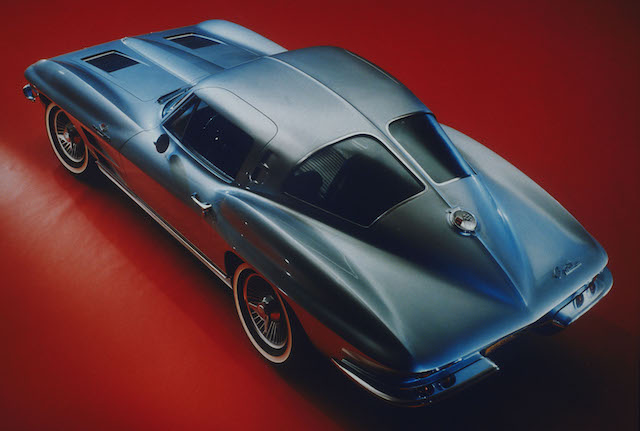
(GM)
The 1963 Corvette Sting Ray.
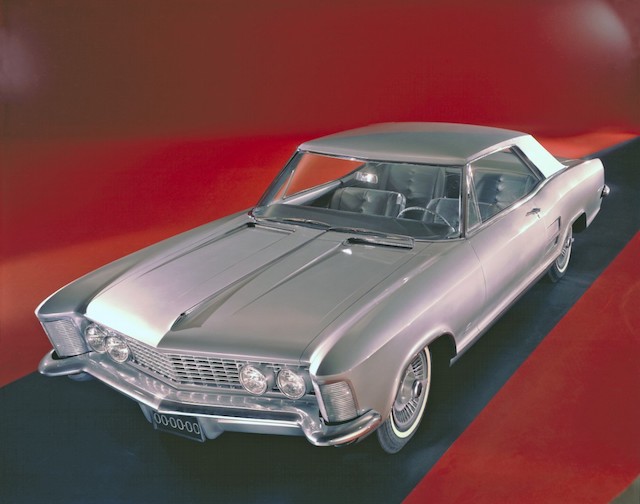
(GM)
The 1963 Buick Riviera.

(GM)
The 1961 Corvette Mako Shark I and 1965 Corvette Mako Shark II.
And when I think of Mitchell and his thoughts on design, and his absolute belief in bringing the “good stuff” to mainstream America, I believe there is one contemporary car that would meet with his approval, and that is the Lexus LC 500 (images below). Yes, it is pricey (at around $100,000), but when this machine appeared as a concept several years ago and then appeared in showrooms pretty much untouched and intact, it resonated with people and still does to this day. Why? It is fluid and expressive, its surface detailing is impressive and its overall form is flat-out gorgeous. I would argue that no mainstream contemporary car manufacturer stuck to its guns like Lexus did with the LC 500. They could have pulled up short and faked it in spots, but they didn’t. Instead, they executed it perfectly and the result is especially pleasing to the eye while projecting a street presence that is unmistakable. Mitchell would have been pleased.
That does it for my design discussions, at least for now, but I can’t leave you without mentioning the annual events taking place out in Monterey, California, in a few weeks. “Monterey Car Week” stopped being about the purity of automotive enthusiasm a long time ago, and all perspective has been most assuredly lost. Now, it is a Greed Fest extraordinaire, with a level of hucksterism and debilitating, fleecing auctions that far exceed anything even remotely resembling “normal.” When WG pointed out to me that tickets for The Quail had risen past $1000.00 each, with a six-month advance purchase awarded through a lottery, I knew that the whole thing had become a pathetic exercise that we’re very happy to miss.
And that’s the High-Octane Truth for this week.
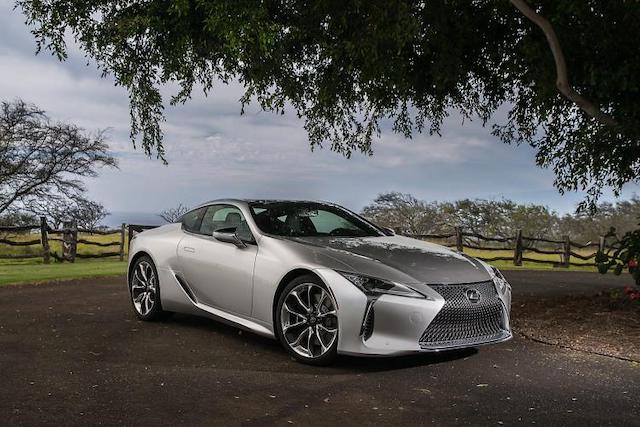
(Lexus)
The 2021 Lexus LC 500.
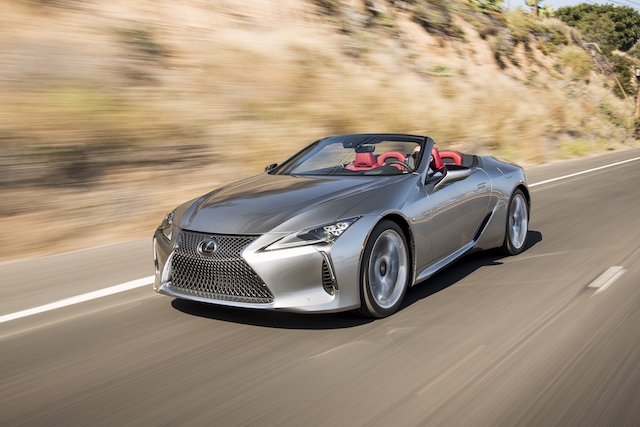
(Lexus)
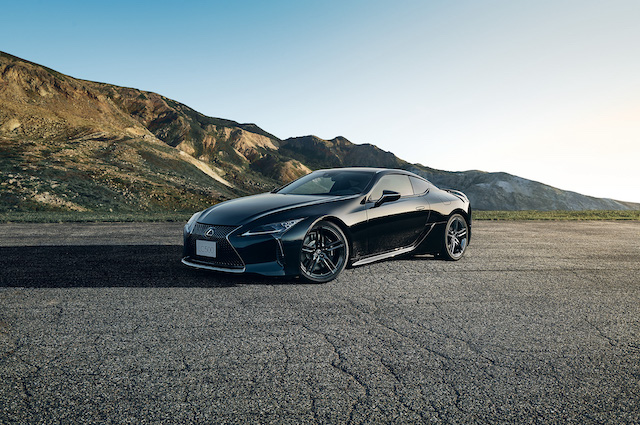 (Lexus)
(Lexus)
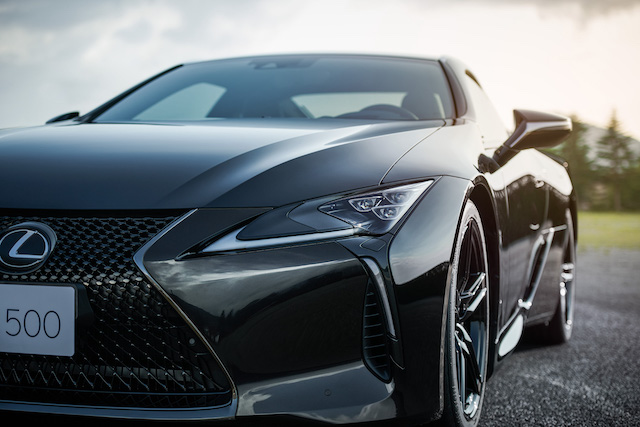
(Lexus)




